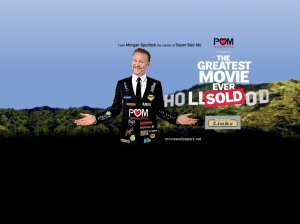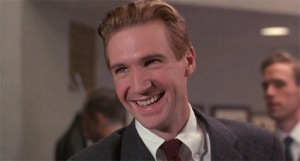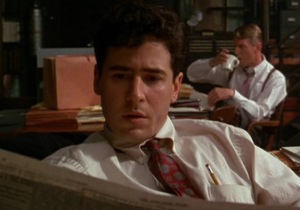By Alex Dodds
Product placement has played a key rule in the production of many films in recent history. There are thousands of films that would have never made it to the screen without the help of product placement. Not only is product placement great because it helps films actually be produced, but it also brings a sense of “believability for us as audience members” (Plaisance, 2014). While product placement may seem like a good thing at a rudimentary level, one must ask how ethical it truly is.
The audience is not aware they are being advertised to with product placement. This can create many problems, especially with kids. The issue arrises when we can’t tell if a brand is being used for an artistic purpose or a financial agreement. Plaisance (2014) says, “For most of us, product placement is of little concern, but critics argue that behind-the-scenes deals impose artistic constraints to ensure that the film or TV show provides a ‘friendly’ environment for the brand.”
One of the most infamous scenes in history regarding product placement is the dinner scene from Talladega Nights. This is quite an extreme example of product placement, but it is product placement none-the-less. The Greatest Movie Ever Sold is another great example of product placement in films.
 The Greatest Movie Ever Sold is a documentary by Morgan Spurlock that exaggerates the presence of advertising in films. Spurlock is known for his controversial filmmaking, especially in his film Supersize Me. In The Greatest Movie Ever Sold Spurlock attempts to shed light on the presence of branding in films by creating a film that is completely funded by the presence of branding in the film. While it may seem confusing, it is one of the best documentaries out there. Throughout the film Spurlock struggles to get brands on board with the idea and demonstrates the ridiculous contracts with each brand that does agree to support the film.
The Greatest Movie Ever Sold is a documentary by Morgan Spurlock that exaggerates the presence of advertising in films. Spurlock is known for his controversial filmmaking, especially in his film Supersize Me. In The Greatest Movie Ever Sold Spurlock attempts to shed light on the presence of branding in films by creating a film that is completely funded by the presence of branding in the film. While it may seem confusing, it is one of the best documentaries out there. Throughout the film Spurlock struggles to get brands on board with the idea and demonstrates the ridiculous contracts with each brand that does agree to support the film.
Plaisance (2014) speaks to this idea when he says, “The imperative of corporate branding threatens to dominate even our artistic endeavors–especially when audiences can’t tell the difference between art and ads.” While The Greatest Movie Ever Sold is completely exaggerated and the audience is aware it is one massive billboard disguised as a documentary, Spurlock gets people to think about product placement and its effect on filmmaking.
In the trailer, Spurlock asks a guest what should be done about product placement–it is important to note that this interview is taking place in one of JetBlue’s new locations, which Spurlock was contractually obligated to do. The guest suggests that the audience should be warned they are being advertised to with a watermark or some sort of text. While there are many solutions to the problem, I do not believe this is one of them. To have a watermark or text pop-up in the middle of a TV show or movie would be completely distracting and take the audience out of the story. It would no longer be believable and no filmmaker would agree to do it.
Plaisance (2014), discusses some other ways filmmakers have tried to make product placement more ethical. Some films put what brands sponsored the TV show or movie in the credits. While this may be a way of informing the audience of the advertising, you must ask yourself if it is too late at that point. You could also argue that many people do not even look at the credits.
There are no foolproof solutions to the ethical issue of product placement in films yet, but it is important to consider the role brands play in the production of films. For now it is crucial for audience members to be self-aware of what they are watching on the screen and not fall victim to the ideas proposed in cultivation theory.
References:
Plaisance, P. (2014). Media ethics: Key principles for responsible practice (2nd ed., pp. 13-14). Los Angeles: SAGE Publications.






